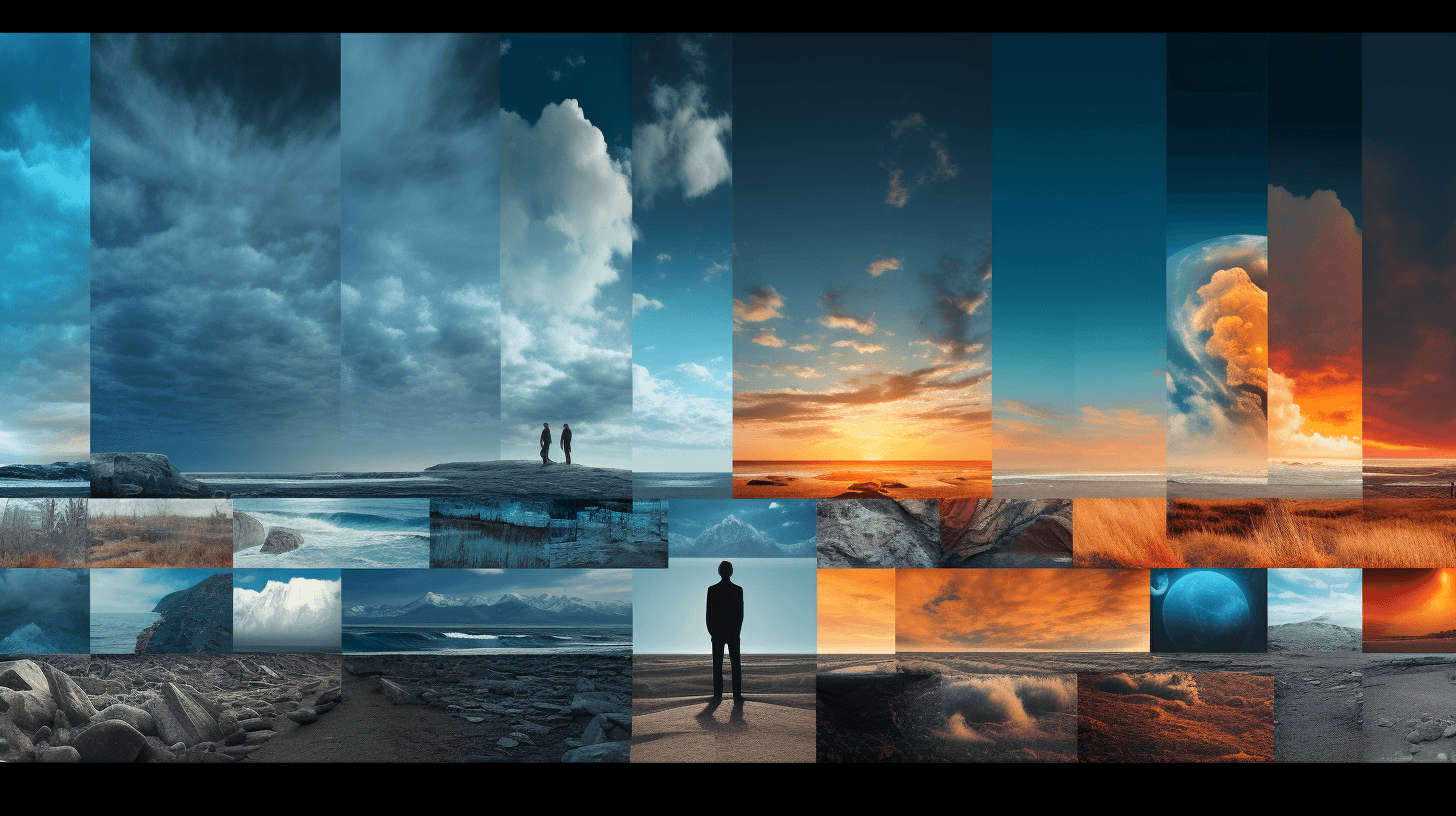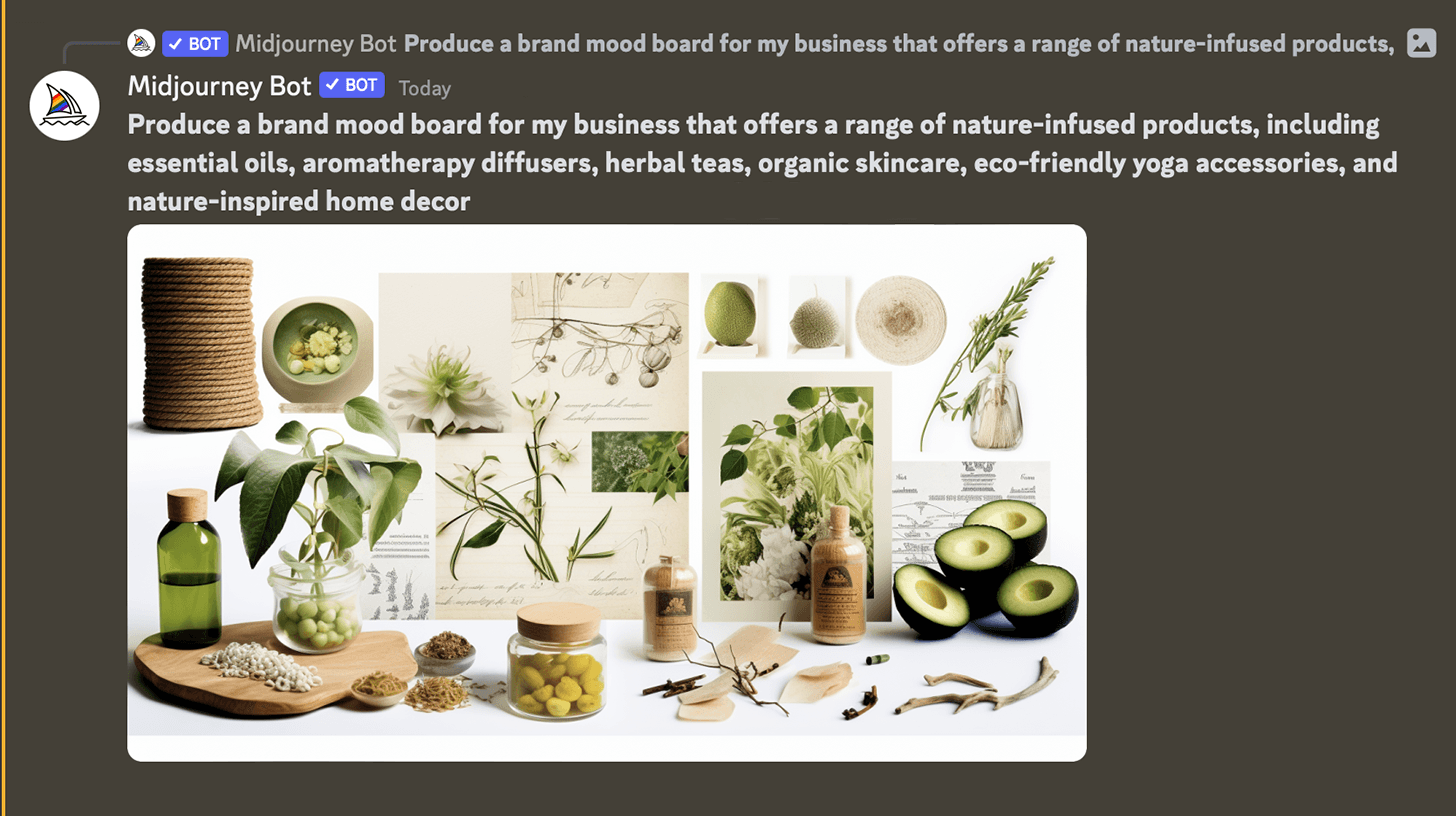How to use AI art in B2B (+ 5 effective ways to use it now)
Paint me a picture of a dog on a cloud eating a sandwich. Or draw me a Fiat Punto in the style of Monet.
These are just some of the types of instructions a new generation of artificial intelligence-powered painters can understand and turn into impressive images right before our eyes.
Known as art tech, the software uses AI and machine learning to create photorealistic pictures, paintings, drawings and pretty much everything in between - the only human input being a few typed words.
Programmes such as Midjourney and DALL-E 2 are still in their relative infancy, which could change not just the art world but the business world too – with the time, money and effort it takes to create prototype designs, logos and web pictures dramatically reduced.
But how does this technology work, where is it headed, and how can businesses use it to their advantage?
What is AI art?
The creative mind behind the virtual easel isn’t a tortured soul like Picasso, but a cold, calculating number cruncher that keeps reconstituting nonsense into patterns until it learns to make them look pretty good.
Systems like DALL-E, DALL-E 2 and Midjourney are AI programmes trained to generate images from written descriptions by harnessing datasets of text and image pairings. All of this works by a type of deep learning called diffusion.

How does AI art work?
The diffusion learning process starts by taking an image and overlaying it with pixels to the point where it no longer resembles the original picture. This is referred to as adding ‘noise’ to the image.
The AI then learns how to reverse the process, gradually de-pixelating it and recovering the original image in several stages.
At each stage, the noise starts to resemble a pattern that makes sense again, and the AI is essentially learning how to make something from nothing. Throughout this process, inputs are continuously tweaked, and the AI is trained as those parameters are adjusted.
Alongside this process are words that the AI starts associating with the new patterns. Words like, for example, ‘boat’, ‘apple’ and so on. Once the process is complete, the AI has created an image from nothing, harnessing only text prompts, with the final image now resembling that word in some way.
AI can use this method to create bespoke images, combine images, or conjure up versions of something that has never been created simply by inputting descriptor words. So, you could ask for a picture of a garden gnome eating a bowl of cereal while sitting in a jet fighter, and the AI would produce just that or something similar.
What the eventual image looks like is all down to probability. It’s a numbers game and a best guess, but those guesses get better and better as the AI learns.

March towards the mainstream
As technology evolves, creative AI is heading from the computer lab into the design studios of private and commercial users.
Research lab OpenAI launched DALL-E 1 in January last year. DALL-E 2 was released over a year later, initially to only 200 beta testers, including artists and researchers hand-selected by the lab.
Fellow research lab Midjourney has developed a similar tool which entered open beta testing in July this year. Both systems are now at the forefront of the evolution towards mainstream use, allowing anyone to craft new images simply by inputting text into each system.
How is AI art tech being used by businesses?
The potential uses for AI-generated images for business are boundless and could save massive amounts of time and money. Many companies rely on images for marketing material, as well as for brainstorming concepts and ideas, logo and website design, among others.
They often require multiple iterations and ‘back-and-forth’ between clients, agencies, and possibly third-party designers.
Utilizing AI tech to create, tweak and adapt images almost instantaneously streamlines the entire process where multiple stakeholders may be involved.
In practical everyday terms, art-tech could help with things like:
- Creating prototype concept images: A company can assemble an AI-generated image and send it to a client in just a few minutes. They can then see whether it matches the overall creative direction the client wants to go down.
- Producing multiple variations and iterations: Clients often need multiple options when picking, say, a logo. Often, they won’t be wildly different from the original, but they can take time to produce. AI can experiment with an original image and create multiple variations quickly and easily. Choice is vital to a client, especially in the early stages of a project – AI makes this much more accessible and cost-effective to provide.
- Cutting costs and time: An essential advantage is cutting the cost and time required for commissioning professional human designers and design studios. Companies can create the images they need for their publications and websites with a few buttons.
- Producing a mood board: An AI-powered mood board could help the team steer the creative process in the early stages and further down the track when new ideas are added.
- Product design ideas: AI could also make alterations to product designs, quickly and efficiently providing multiple alternatives for the company to choose from. Just a few words could create something new, something a human designer may have yet to conceive of.
The uses for business are all about choice, speed and cost. And in those cases - AI could be revolutionary.

The future of AI-generated images
AI-generated art software will continue to become more sophisticated and less costly to produce. Machine learning will increasingly be used to create images without needing a human hand or eye.
OpenAI recently removed the invitation-only barrier to its tool, opening it up to anyone interested. Up until then, it had only been accessible via a waiting list.
The lab, which Elon Musk co-founded, says more than 1.5 million users are now using DALL-E daily to create more than two million images. So, the mainstream appeal is already there.
Despite some high-profile stories of art exhibitions and huge sums paid at auctions, AI art tech’s most significant appeal isn’t creating images that collectors will buy and sell. Its actual value could be in its use for business.






